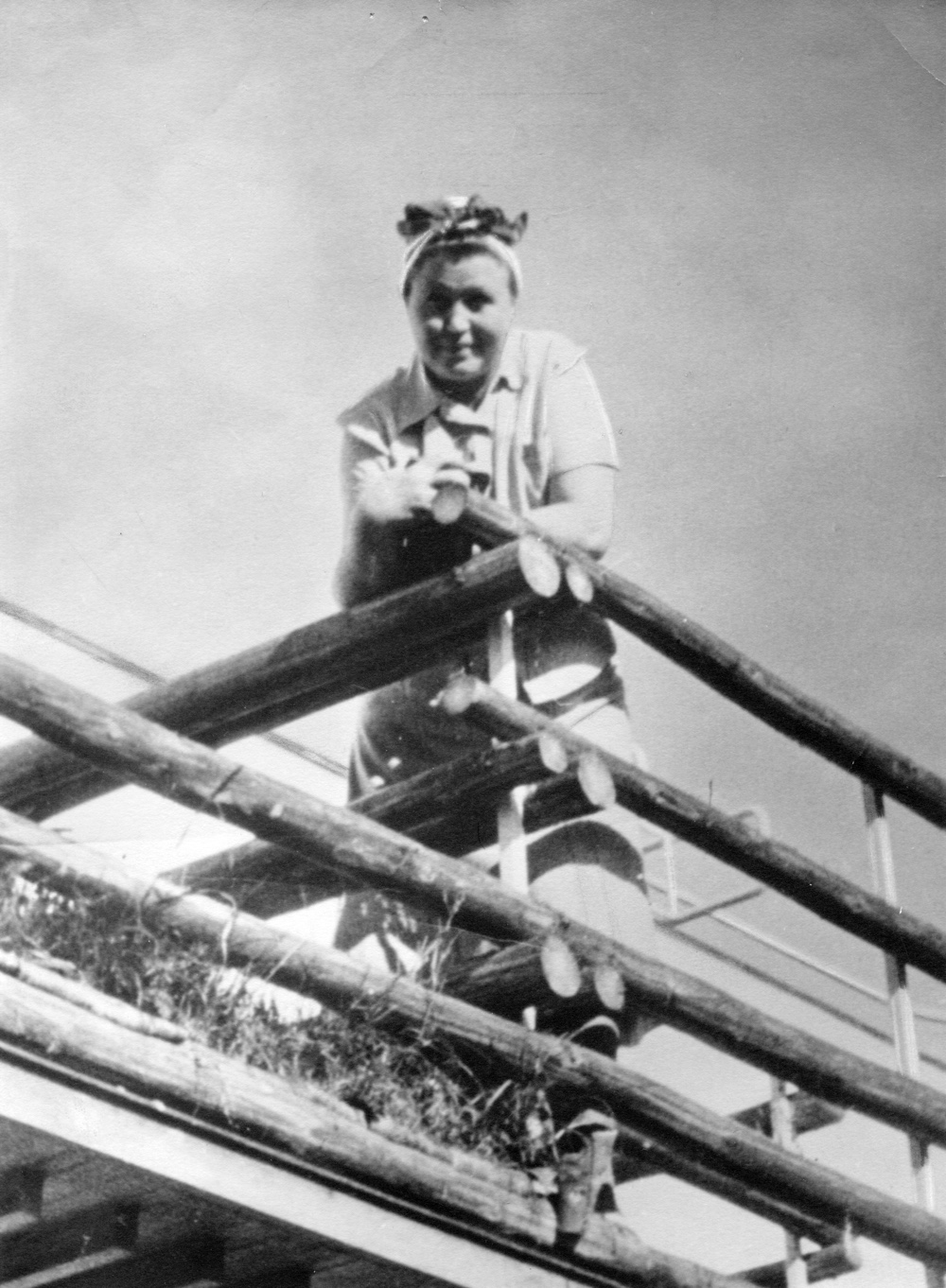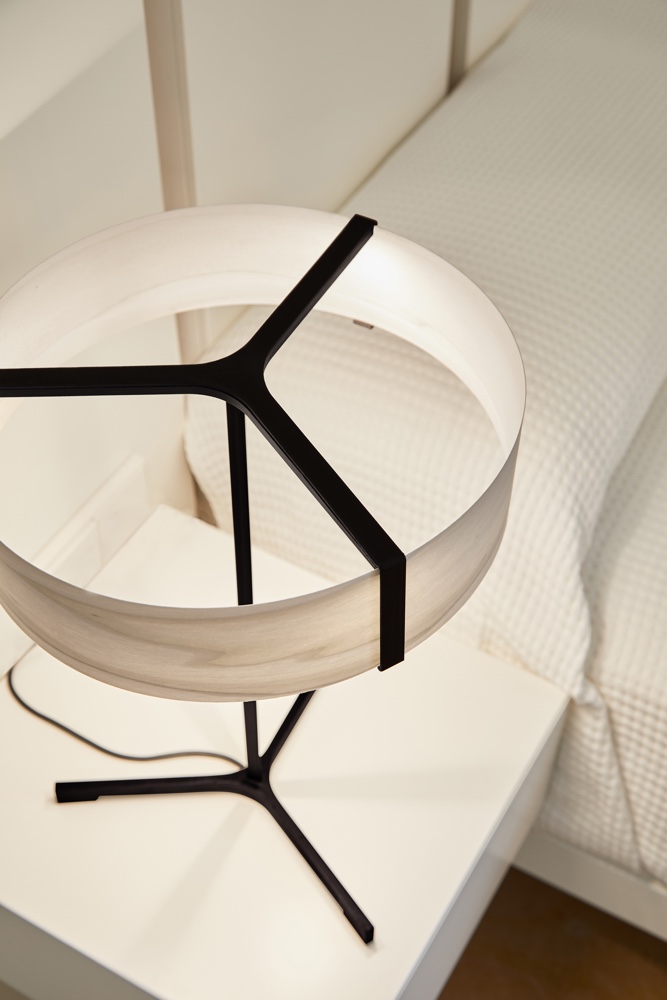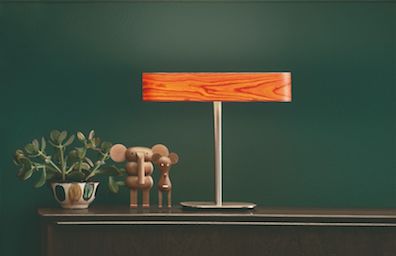It can be argued, without any qualms, that design plays a major part in the DNA of every Scandinavian country. From the 1950s onwards, Scandinavian design has been the envy of many nations, and indeed taken the world by storm (winning numerous fans and admirers). To understand why, we can point to the Scandinavian penchant for simplicity, aesthetics and practicality in design. There is a keen sense of effortlessness and a clear expression of form, with styling that is typically clean and sans any unnecessary ostentation. Moreover, Scandinavian design makes much use of natural materials, including wood, textiles and metals.

From the outside looking in, we are inclined to believe that every home in Norway, Sweden and Denmark is pristine in its presentation—a popular opinion that is heightened by the beautiful homes showcased across the profusion of Scandinavian noir. Today more than ever, Scandinavian design has captured our hearts and found a place in our homes. With form following function, its appeal is utilitarian and universal, attractive and artistic. Scandinavian design—in both objects and interiors—is customarily unobtrusive and authentic, with quality, durability and sustainability considered important elements throughout.

Inspiration and tips
In countries that endure long winters and fewer hours of sunlight, homey and thoughtfully designed interiors are essential. In Denmark, ‘hygge’ (enunciated as ‘hooga’—forming your mouth for ‘ee’ while saying ‘oo’) is about sharing comfort and warmth with friends and family. This very Danish concept encapsulates cosiness and togetherness, usually in relation to one’s home and small, everyday moments. Hygge comes from comfort, security and warmth, and is found in honest materials, playful details and aesthetic qualities. With Danish people often ranked as the happiest in the world, it is little wonder that the concept of hygge has spread beyond the country’s borders and become something of a phenomenon. Neutral colours, clean lines and a lack of clutter, are just a few of the ingredients necessary to achieving a sense of hygge. Add a comfy (well-designed) chair and cosy candle, a tactile throw and soft glowing light, for those important finishing touches.
In other areas of the Scandinavian home, you will rarely find carpet—instead, pale wooden floors that complement neutral walls and ceilings are preferred. Facing many months of the year with little natural light, lighting is a significant feature of any Scandinavian domain. The manner in which light is applied will have an impact upon the warmth of a space, its atmosphere and personality. To achieve a cosy Scandinavian feel, lighting should be affable in form and disposition, its presence both practical and aesthetically pleasing.
With LZF’s collection of affable, practical and aesthetic handmade wood veneer lights, there are numerous choices that will harmonise with any Scandinavian-style interior. As an example, the minimal Icon lamp, with its simple, industrial bent, will create a tasteful and relaxed ambience. Or the clever Nut lamp, with its delightfully twisting shape, will add a fresh and elegant form.
The perfect Scandinavian home is a place that includes well-considered, modest things—things chosen for their appeal, tactility, smell, context and decoration. Cushions, flowers, plants and objets d’art will add depth and character. As a final tip: ignore blatant fashions and trends, and always choose the things that you connect with most.















